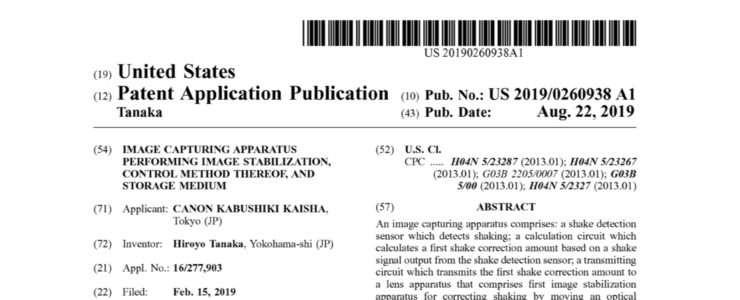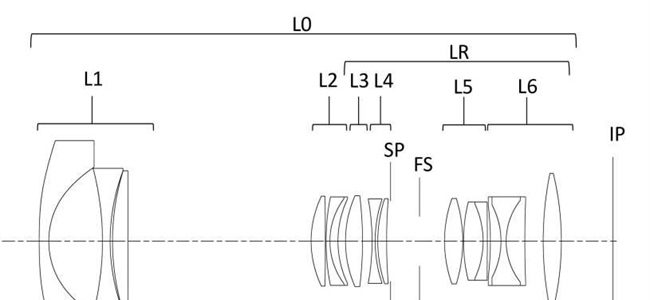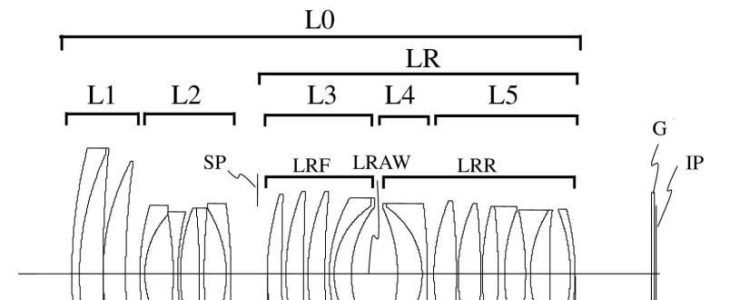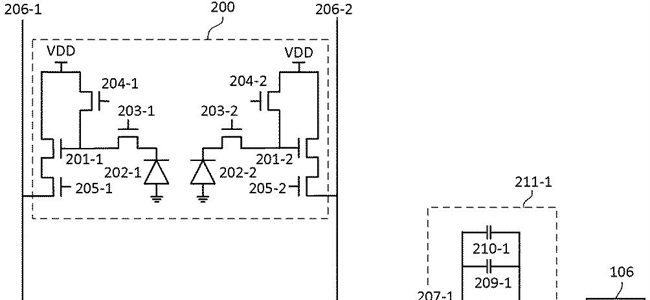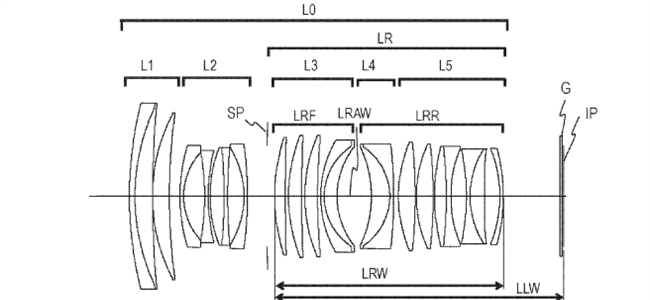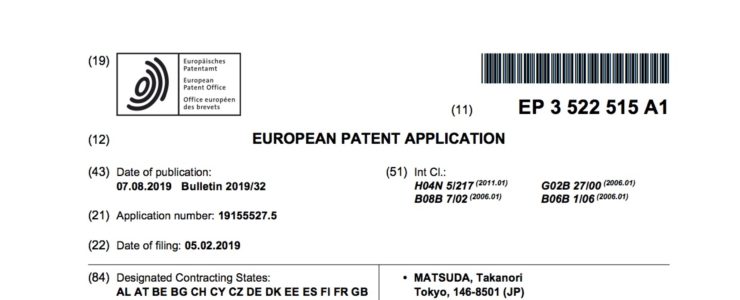Canon Is Working Hard On IBIS, Yet Another Patent Suggests
It seems to be a no brainer that Canon will soon implement IBIS (In Body Image Stabilisation) on their cameras. Another Canon patent shows the company is working hard on this technology.
Canon patent application 2019-0260938 (USA) discusses how to make IBIS and lens IS work together. It’s not the first Canon patent about IBIS/lens IS we spotted, another one is this one. All IBIS related Canon patent applications are listed here.
From the patent abstract:
An image capturing apparatus comprises: a shake detection sensor which detects shaking; a calculation circuit which calculates a first shake correction amount based on a shake signal output from the shake detection sensor; a transmitting circuit which transmits the first shake correction amount to a lens apparatus that comprises first image stabilization apparatus for correcting shaking by moving an optical system; and a lens characteristics correction circuit which performs correction regarding lens characteristics in an image signal obtained by image-capturing in a state in which the first image stabilization apparatus has corrected shaking, based on the first shake correction amount, wherein the lens characteristics correction circuit performs the correction regarding lens characteristics based on the first shake correction amount at a time prior to the image-capturing time by a predetermined time
According to the patent literature, it can be done in the following way:
[0008] The present invention has been made in consideration of the aforementioned problems, and realizes a technique in which, when correction regarding lens characteristics is performed in a camera main body while using a camera shake correction apparatus on an interchangeable lens side, at least the influence of delay in communication between the interchangeable lens and the camera main body is reduced. [0009] In order to solve the aforementioned problems, one aspect of the present invention provides an image capturing apparatus, comprising: a shake detection sensor which detects shaking; a calculation circuit which calculates a first shake correction amount based on a shake signal output from the shake detection sensor; a transmitting circuit which transmits the first shake correction amount to a lens apparatus that comprises first image stabilization apparatus for correcting shaking by moving an optical system; and a lens characteristics correction circuit which performs correction regarding lens characteristics in an image signal obtained by image-capturing in a state in which the first image stabilization apparatus has corrected shaking, based on the first shake correction amount, wherein the lens characteristics correction circuit performs the correction regarding lens characteristics based on the first shake correction amount at a time prior to the image-capturing time by a predetermined time. [0010] Another aspect of the present invention provides, a control method of an image capturing apparatus comprising: detecting shaking using a shake detection sensor; calculating a first shake correction amount based on a shake signal output from the shake detection sensor; transmitting the first shake correction amount to a lens apparatus that comprises a first image stabilization apparatus that corrects shaking by moving an optical system; and performing correction regarding lens characteristics in an image signal obtained by image-capturing in a state in which the first image stabilization apparatus has corrected shaking based on the first shake correction amount, based on the first shake correction amount at a time prior to the image-capturing time by a predetermined time. [0011] Still another aspect of the present invention provides, a non-transitory computer-readable storage medium storing a program for causing a computer to execute a control method of an image capturing apparatus, the method comprising: detecting shaking using a shake detection sensor; calculating a first shake correction amount based on a shake signal output from the shake detection sensor; transmitting the first shake correction amount to a lens apparatus that comprises a first image stabilization apparatus that corrects shaking by moving an optical system; and performing correction regarding lens characteristics in an image signal obtained by image-capturing in a state in which the first image stabilization apparatus has corrected shaking based on the first shake correction amount, based on the first shake correction amount at a time prior to the image-capturing time by a predetermined time. [0012] According to the present invention, when correction regarding lens characteristics is performed in a camera main body while using a camera shake correction apparatus on an interchangeable lens side, at least the influence of delay in communication between the interchangeable lens and the camera main body can be reduced.
More Canon patent applications are listed here. Some particularly interesting patent applications we think might get into production are these:
- A cooling adapter for the RF mount (R5 overheating?)
- A bunch of macro lenses for the RF mount.
- A 8mm f/4 circular fisheye lens for the Canon EOS R system
- A battery grip that works with differently siszed cameras
- A 100-400mm f/5.5-7.1 lens for APS-C cameras. EOS M or DSLR?
- RF 17-70mm lens for EOS R system
- IBIS coming to the EOS M and PowerShot lineup?
- Patent Application: mirrorless camera with large display and virtual control wheel
- Patent Application: IBIS and Lens IS Working Together
- Patent application for high speed mirror movement and control
- Patent application for an RF 14-28mm f/2 lens
- Patent application for an RF 50mm f/1.8 lens
- Patent application for a smart lens cap
- Patent application for celestial auto-focus
- Patent application describing a Pop-Up Flash With LED
- Patent application describing the optical formula for a RF 70-300mm F/4-5.6 IS lens for EOS R systems
- Patent application describing how to improve burst rate by compressing raw files
- Patent application describing a new way to review photos from a sequential shot
- Patent application that describes technology to improve wireless communication while reducing power consumption
- Patent application to spot and reduce moire artefacts in image data
- Patent application for weather sealed lens adapter
- Patent application for AI powered predictive camera control system
- Patent application for 18-55mm kit lens with LCD display
- Patent application to reduce noise in image files

